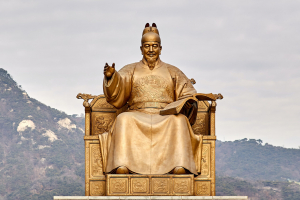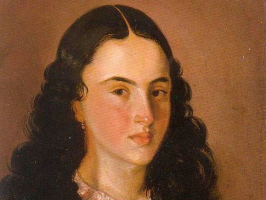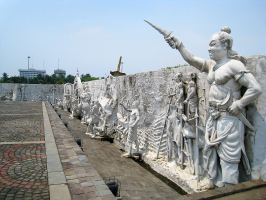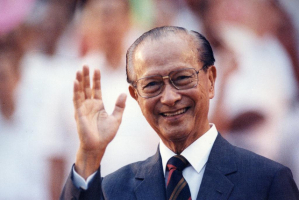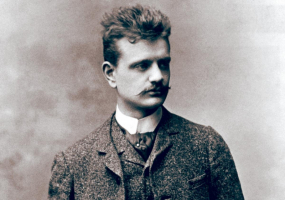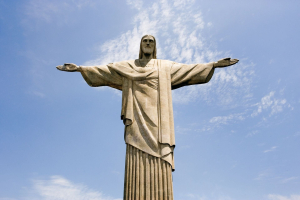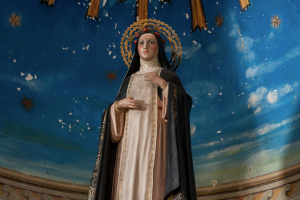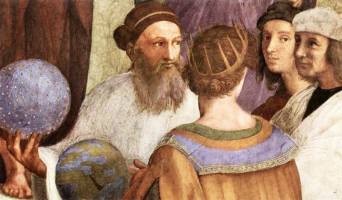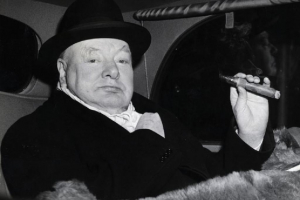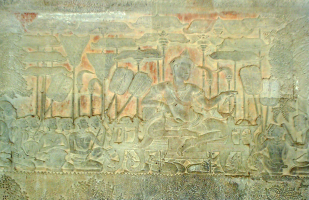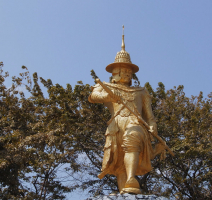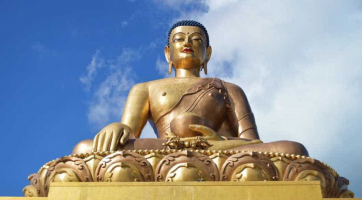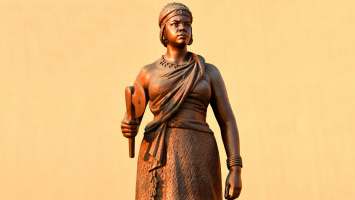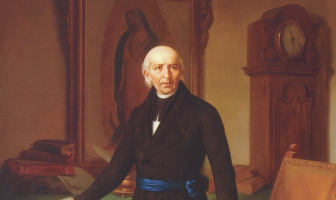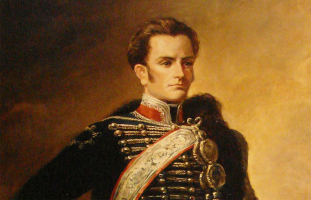Top 6 Most Important Historical Figures In Ethiopia
Indeed, Ethiopia has a lengthy history dating back thousands of years. Any Ethiopian will proudly recall the numerous historical details of their ancient ... read more...homeland if you ask them about their history. The following list contains the most important historical figures in Ethiopia.
-
Open the head for the list of most important history of Ethiopia, can not through Haile Selassie.
From 1930 to 1974, Haile Selassie reigned as Ethiopia's emperor. Beginning in 1916, he gained power as Ethiopia's Regent Plenipotentiary (Enderase) for Empress Zewditu. The 1930s emperor Haile Selassie is regarded by many as a pivotal player in the development of contemporary Ethiopian history as well as the founder of the Rastafari movement in Jamaica. He belonged to the Solomonic dynasty, which asserts descent from Emperor Menelik I, who is thought to be the child of King Solomon and Makeda the Queen of Sheba.
Through a number of political and social reforms, including as the adoption of the nation's first written constitution in 1931 and the eradication of slavery, Haile Selassie tried to modernize the nation. He was in exile in England for the most of the Italian occupation and oversaw the unsuccessful defense of Ethiopia during the Second Italo-Ethiopian War. He left for Sudan in 1940 to help organize the anti-fascist uprising in Ethiopia, and after the East African campaign in 1941, he went back to his native country. While battling to avoid secession, he disbanded the Federation of Ethiopia and Eritrea, which had been created by the UN General Assembly in 1950, and incorporated Eritrea into Ethiopia as one of its provinces.
(1892-1975)
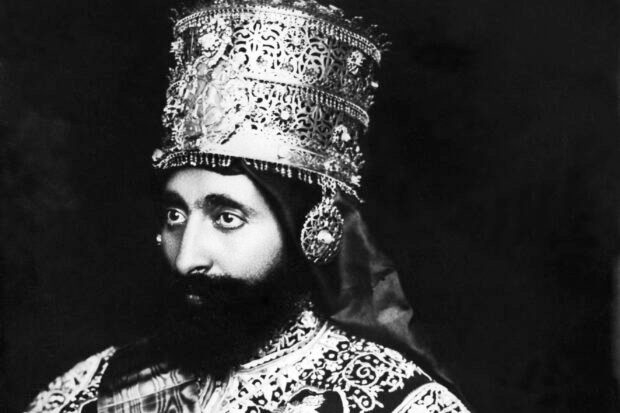
Photo: HistoryExtra - Haile Selassie 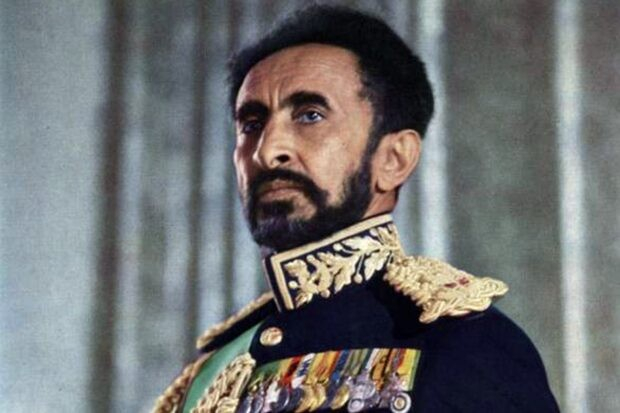
Photo HistoryExtra - Haile Selassie -
Dejazmach Balcha Safo was an Ethiopian military leader and lord defender of the crown who fought in both the First and Second Italo-Ethiopian Wars. He was also known by his horse's name, Abba Nefso.
Balcha Safo, who came from a lowly background, and Habte Giyorgis Dinagde were two of the many Agemja prisoners of war during the Ethiopian Emperor Menelik II's southern invasion between 1875 and 1889. Emperor Menelik II became aware of him and had him returned to Addis Abeba, where Balcha had received his education. His ethnicity is in question; some accounts assert that he was of Gurage descent, while others assert that he was of Oromo descent.
He gained notoriety in the Battle of Mek'ele and later at the Battle of Adwa (March 1, 1896), according to oral legend, and was rewarded with promotion to the aristocratic title of dejazmach. Balcha later became a provincial governor (Shum). He later became a prominent figure in the conservative provincial elite, which in the 1920s frequently disagreed with Ras Tafari Makonnen, the Regent, and his modernizing initiatives and growing power. Dejazmach Balcha was then forced into an honorable retirement by Tafari Makonnen in 1928, from which he would later resurface in 1935 to fight against the fascist invasion, ultimately dying in 1936.
(1863 - 1936)
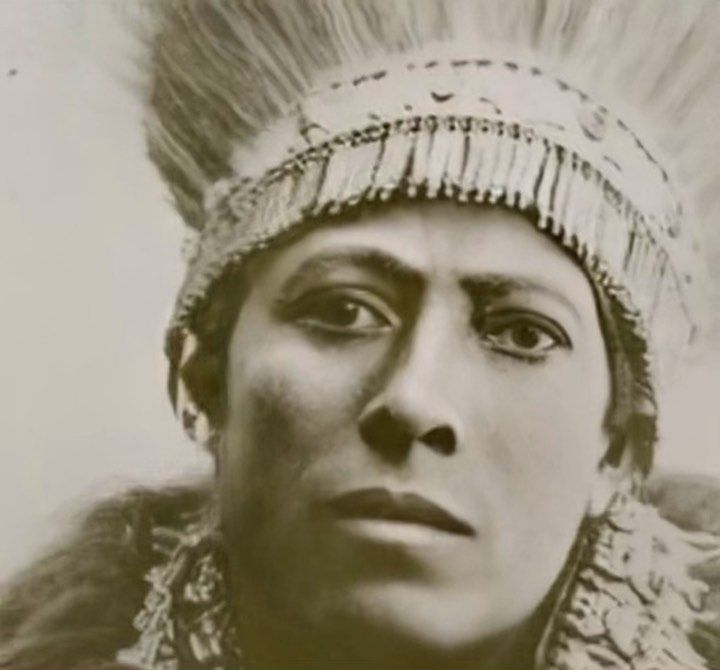
Photo: Pinterest - Balcha Safo 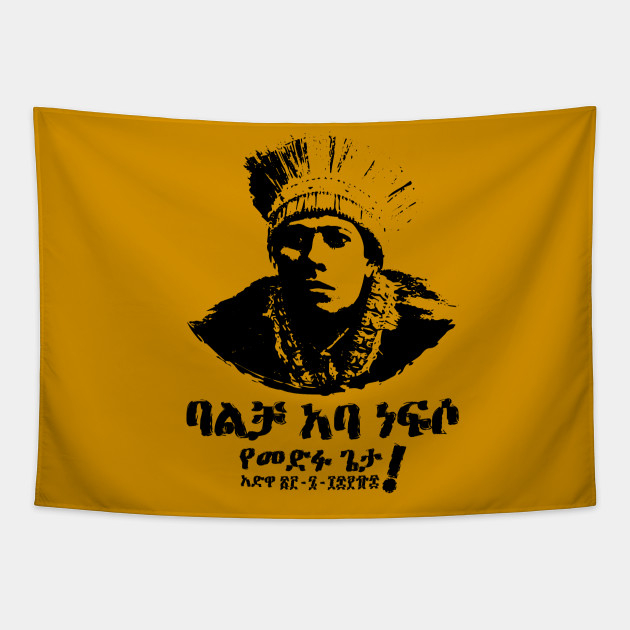
Photo: TeePublic - Dejazmach Balcha Safo -
Kawo Tona Gaga was the last and most powerful king of the Kingdom of Wolaita. Tona Gaga was the 17th Kawo, or monarch, of the Tigre dynasty, the final Wolayta family to maintain its independence.
He soon established links with the Kingdom of Jimma, a tributary of the Ethiopian Empire, after succeeding his grandpa in 1890 by marrying the daughter of Abba Jifar II. He, however, declined to honor Shewa (unlike his predecessors, who were more diplomats than warriors.) The client claims that he then attempted to encircle the smaller Omotic Kullo and Konta, but Menelik's cousin Wolde Gyorgis was able to successfully campaign through both.
After six unsuccessful protectorate attempts, Emperor Menelik II marched two weeks from Addis Abeba to the frontier of Wolaita and pleaded with the monarch to pay tribute or risk having his kingdom destroyed. Tona built his defenses and rejected offers of compromise. Tona Gaga was eventually forced out of his strong point and caught between the Ethiopians and Oromo auxiliaries sent by Abba Jifar II, who had betrayed Tona Gaga, who had skillfully created defensive trenches and mounds to thwart the initial onslaught. The former monarch was christened Tekle Haymanot and appointed the governor of his former realm following his arrest in 1894. Later, he would support Menelik II in numerous campaigns.
(1889 - 1913)
Video: Abebe Haregewoin - Kawo Tona Gaga 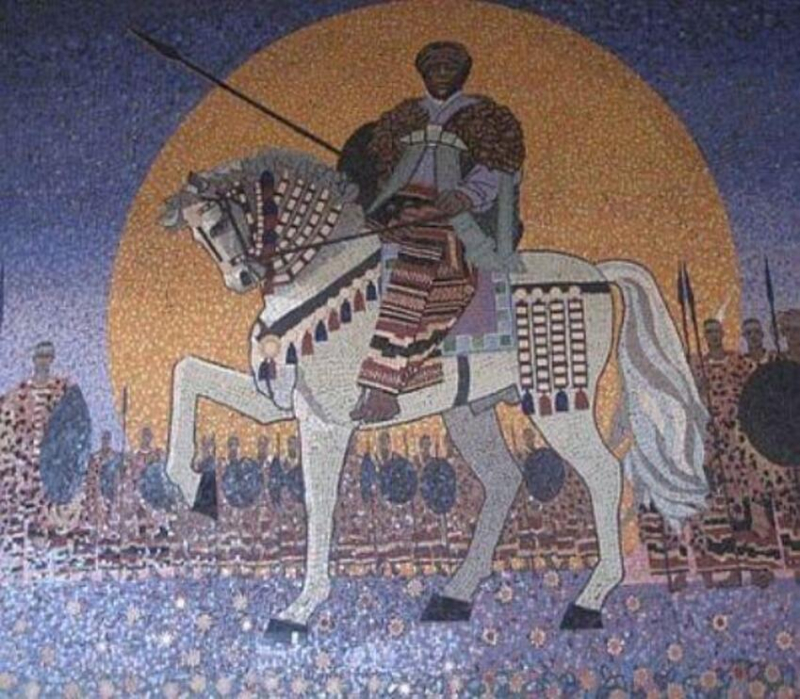
Photo: allaboutETHIO - Kawo Tona Gaga -
Ras Alula Engida, an Ethiopian general and politician, led his country's forces to victory in conflicts with Egypt, Italy, and the Mahdists. Throughout the 19th century, he was one of the most significant commanders of the army of the Ethiopian Empire. Ras Alula was referred to by Europeans as "the Garibaldi of Ethiopia," according to Haggai Erlich, who calls him "the finest leader Ethiopia produced since the death of Emperor Tewodros II in 1868."
With his first wife Woizero B'tweta, he had three kids. His second marriage was solely for political reasons, to improve his legitimacy with the local aristocracy, who did not hide their disapproval at seeing the son of a peasant reach this stature, but he divorced his wife and married Woizero Amlesu Araya, daughter of Ras Araya Dimtsu, the powerful and much-respected uncle of Emperor Yohannes IV.
In the Battles of Gundert and Gura, fought in November 1875 and March 1876, respectively, Alula displayed his military prowess by routining the Egyptian army. Ras Woldemichael Solomon was in uprising in Hamasien at the time, and Emperor Yohannes desperately required a man with these abilities. Alula was appointed to Ras and ordered to deal with this troublesome aristocracy, who escaped to Bogos. Emperor Yohannes IV appointed Alula as governor of Mereb Mellash and Midri Bahri on October 9th, 1876.
(1827-1897)
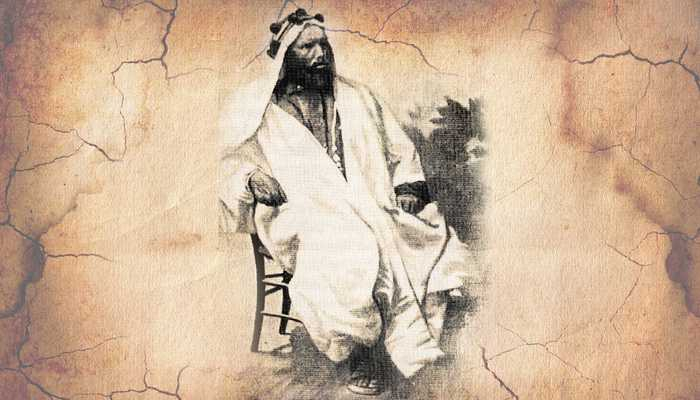
Photo: Equestrian statues - Ras Alula Engida 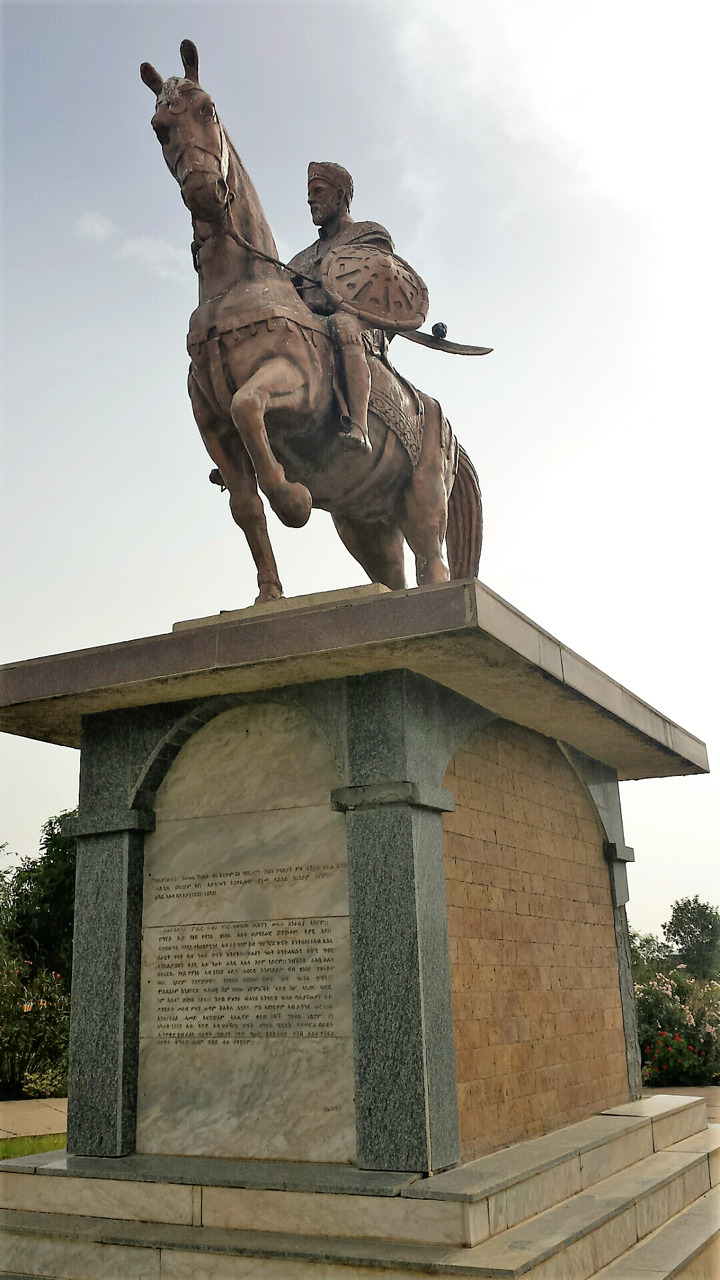
Photo: Equestrian statues - Equestrian statue of Ras Alula Engida -
Menelik II reigned as King of Shewa from 1866 to 1889 and Emperor of Ethiopia from 1889 until his death in 1913. He is one of the most important historical figures in Ethiopia. By 1898, the process of territorial expansion and the formation of the modern empire-state had been completed to the best of his ability both within and externally.
Under Emperor Menelik, the Ethiopian Empire underwent a transformation as the main modernizing pillars were put in place with the help of significant ministerial advisors. Externally, Menelik commanded Ethiopian forces in the First Italo-Ethiopian War against Italian invaders. After a resounding victory at the Battle of Adwa, external powers recognized Ethiopia's independence by sending diplomats to his court and drawing boundaries between Ethiopia and neighboring kingdoms. Incorporating the Oromo, Kaffa, Sidama, Wolayta, and other kingdoms or peoples, Menelik widened his domain to the south and east.
Menelik established the first Cabinet of Ministers later in his reign to aid in the governance of the Empire, selecting dependable and well-liked nobles and retainers to fill the first Ministries. These ministers would continue in their positions for a very long time after his passing, holding them during the brief reign of Lij Iyasu (whom they assisted in toppling) and into the reign of Empress Zewditu.(1844 - 1913)
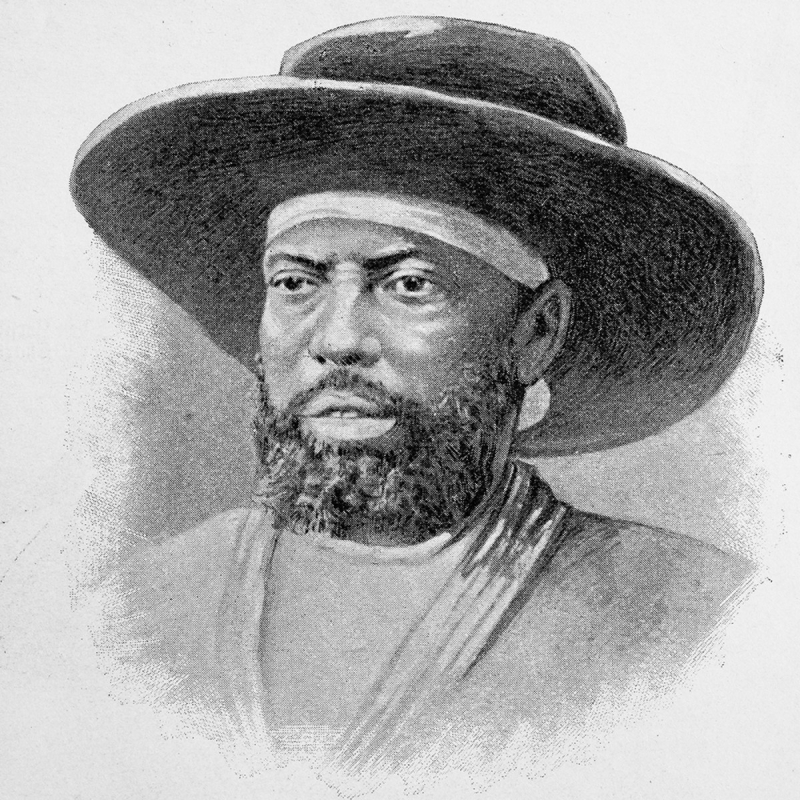
Photo: Biography (Bio.) - Menelik II 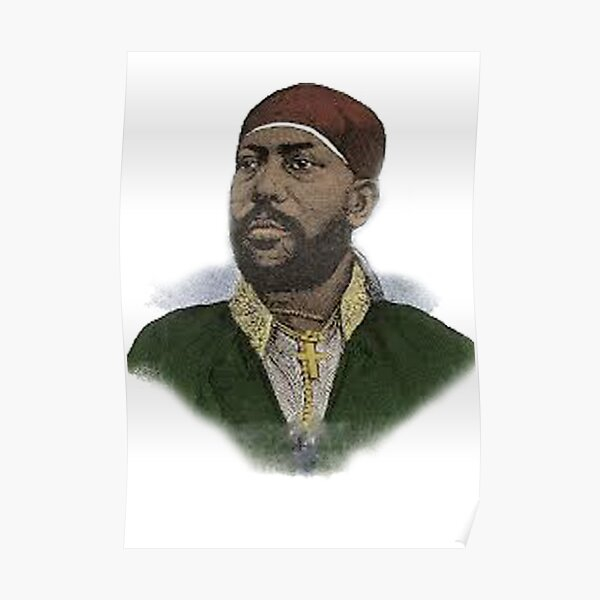
Photo: Redbubble - Menelik II -
Military leader Negus Mikael of Wollo belonged to the Ethiopian Empire's nobility. Mohammed Ali was Ras Mikael's name when he was born as a Muslim in Wello/Wollo. His father was Imam Ali Abba Bula, an Oromo dynasty member and descendant of the Mahammadoch family. Woizero Gertie, his mother, was a member of the Warrahimano dynasty.
Sahle Maryam, who was six years older than Mohammed Ali and was too young to be crowned King of Shewa, became a close companion of Mohammed Ali. Mohammed Ali eventually became one of his devoted followers after he was given the title of Emperor Menelik II. As a result, Mohammed Ali was named governor of Wollo by Menelik in 1874. However, Mohammed found his position in jeopardy when he returned to Wollo from a campaign with Menelik in Gojjam. To protect his foundation of power, he made the decision to abandon his friend and ally with Yohannes IV, who was ready to march on Shewa and was probably going to defeat Menelik.
Ras Mikael participated in the Battle of Adwa in the First Italo-Ethiopian War in 1896 alongside Menelik, commanding the dreaded Wollo Oromo cavalry against the advancing Italians. A combat retreat by an Italian brigade started in the direction of the major Italian positions. However, by accident entering a small valley, Mikael's cavalry murdered the brigade while yelling "Reap! Reap!" The commander of the brigade's remains were never discovered.(1850 - 1922)
Video: WikiAudio - Mikael of Wollo 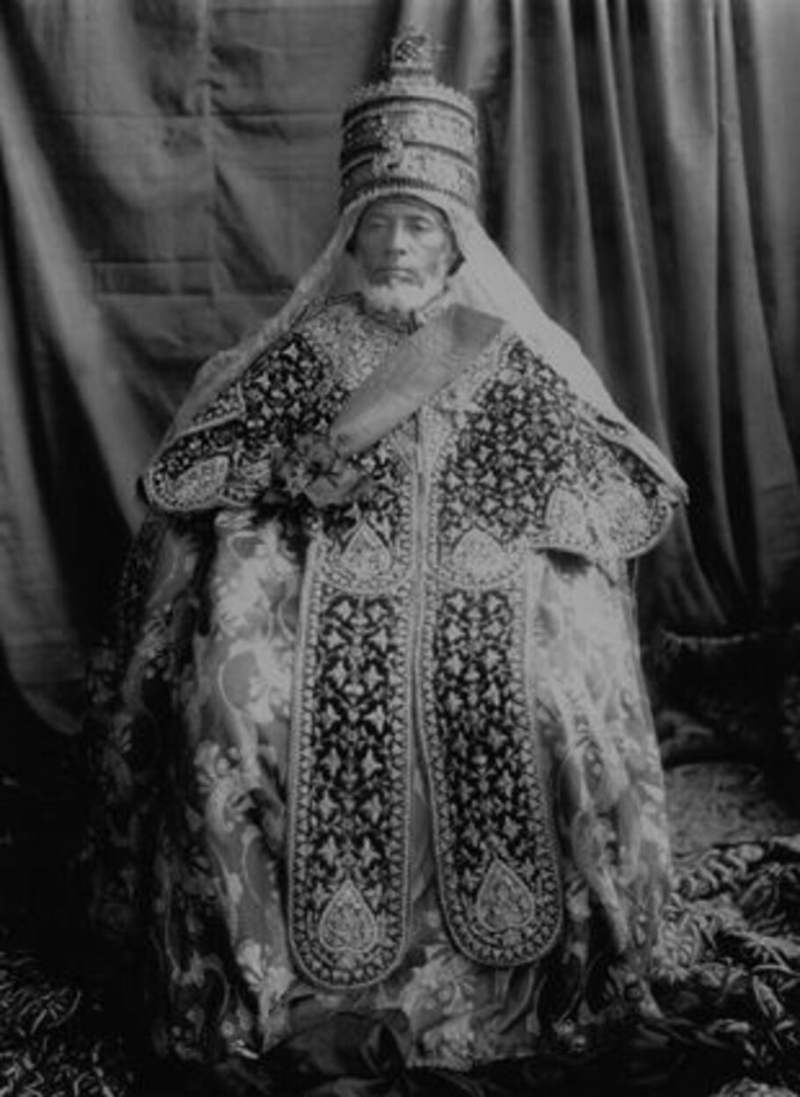
Photo: Wikipedia - Mikael of Wollo










